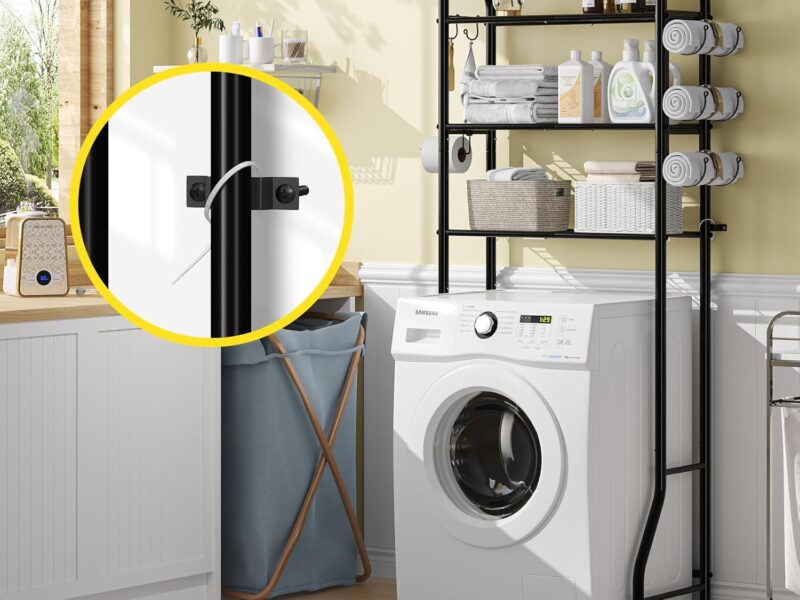Why Choose a Tankless Water Heater?
Tankless water heaters have gained popularity among homeowners due to their efficiency, space-saving design, and continuous hot water supply. Unlike traditional tank water heaters, which store hot water, tankless models heat water on demand, reducing energy consumption and lowering utility bills.
Benefits of a Tankless Water Heater
- Energy Efficiency: Uses less energy since it only heats water when needed.
- Space-Saving Design: Compact units free up valuable storage space.
- Longer Lifespan: Typically lasts longer than traditional tank water heaters.
- Continuous Hot Water: Provides a consistent supply of hot water for multiple appliances.
Preparing for Water Heater Installation
Before installing a tankless water heater, homeowners need to consider several factors:
1. Selecting the Right Unit
- Determine the appropriate size based on household water demand.
- Choose between gas or electric models based on availability and cost.
- Check for Energy Star-rated models for better efficiency.
2. Assessing Your Home’s Infrastructure
- Ensure adequate gas line or electrical capacity.
- Verify water pressure and plumbing compatibility.
- Consider venting requirements for gas models.
3. Gathering Necessary Tools and Materials
- Adjustable wrenches, pipe cutters, and Teflon tape.
- Mounting brackets for securing the heater.
- Venting kits (if applicable for gas models).

Step-by-Step Installation Guide
Step 1: Remove the Old Water Heater
- Turn off the water supply and power source (gas or electric).
- Drain the existing water heater and disconnect plumbing connections.
- Remove the old unit safely and dispose of it according to local regulations.
Step 2: Install the Tankless Water Heater
- Mount the unit on the wall following the manufacturer’s instructions.
- Ensure proper clearance from combustible materials.
Step 3: Connect the Water Supply Lines
- Attach cold and hot water lines using appropriate fittings.
- Use Teflon tape to prevent leaks at connection points.
- Flush the system to remove debris before use.
Step 4: Connect the Power Source
- For electric models: Connect to the designated power supply.
- For gas models: Ensure proper gas line connection and install the venting system as required.
Step 5: Test the System
- Turn on the water supply and check for leaks.
- Power on the unit and set the desired temperature.
- Run hot water through faucets to ensure proper operation.
Professional Installation vs. DIY
While some homeowners may feel confident installing a tankless water heater themselves, hiring a professional plumber ensures proper installation, safety, and compliance with local building codes. Improper installation can lead to gas leaks, water damage, or electrical hazards.
Maintenance Tips
- Flush the unit annually to prevent mineral buildup.
- Check filters and clean them regularly.
- Inspect for leaks or unusual noises and address any issues promptly.
Conclusion Residential Tankless Water Heater Installation
Installing a tankless water heater can improve energy efficiency and provide endless hot water for your home. By following proper installation steps and performing regular maintenance, homeowners can enjoy long-lasting benefits and lower utility bills. For complex installations, consulting a professional is always recommended.
Energy Efficiency of Tankless Water Heaters: How Do They Compare to Traditional Water Heaters?


